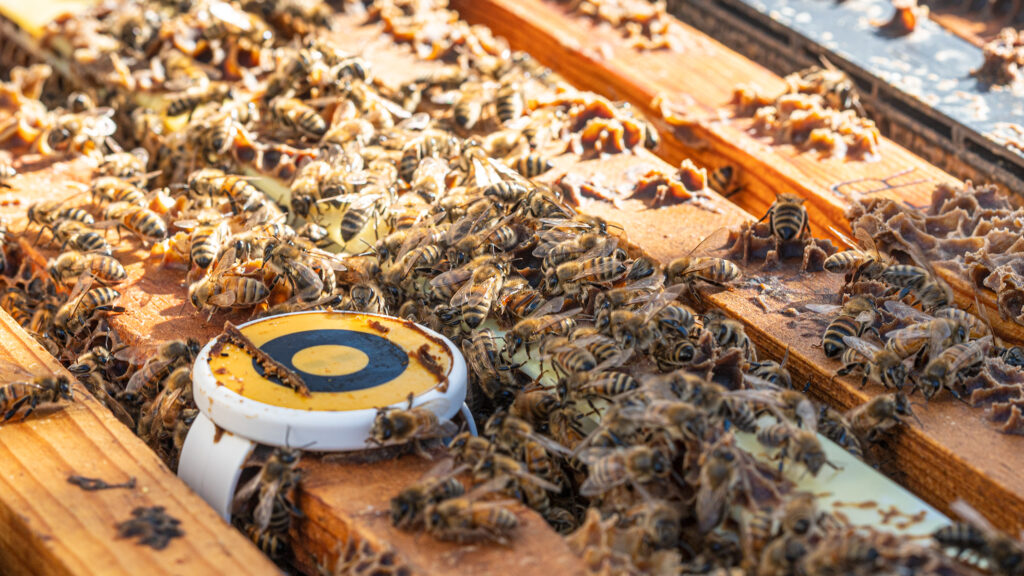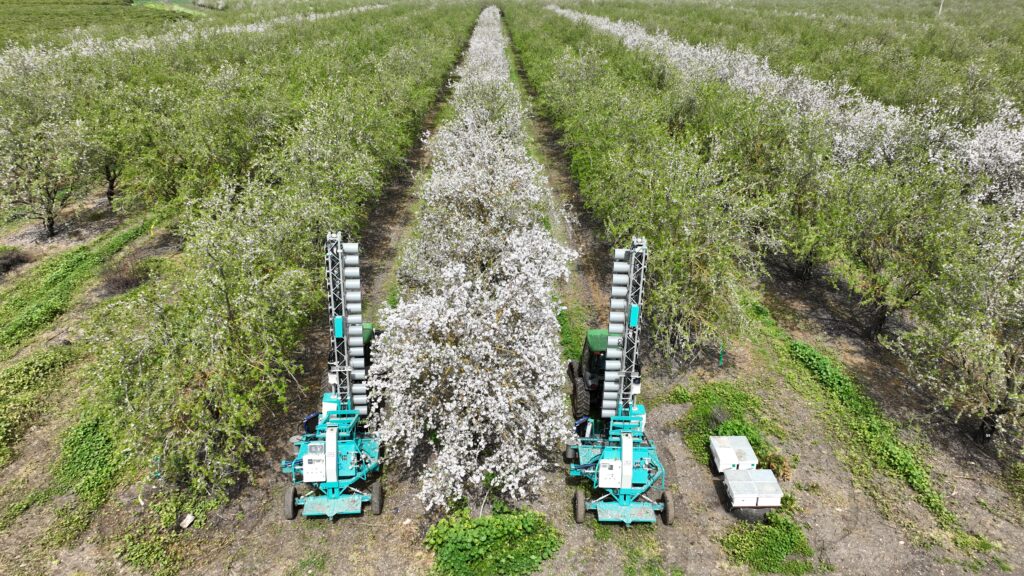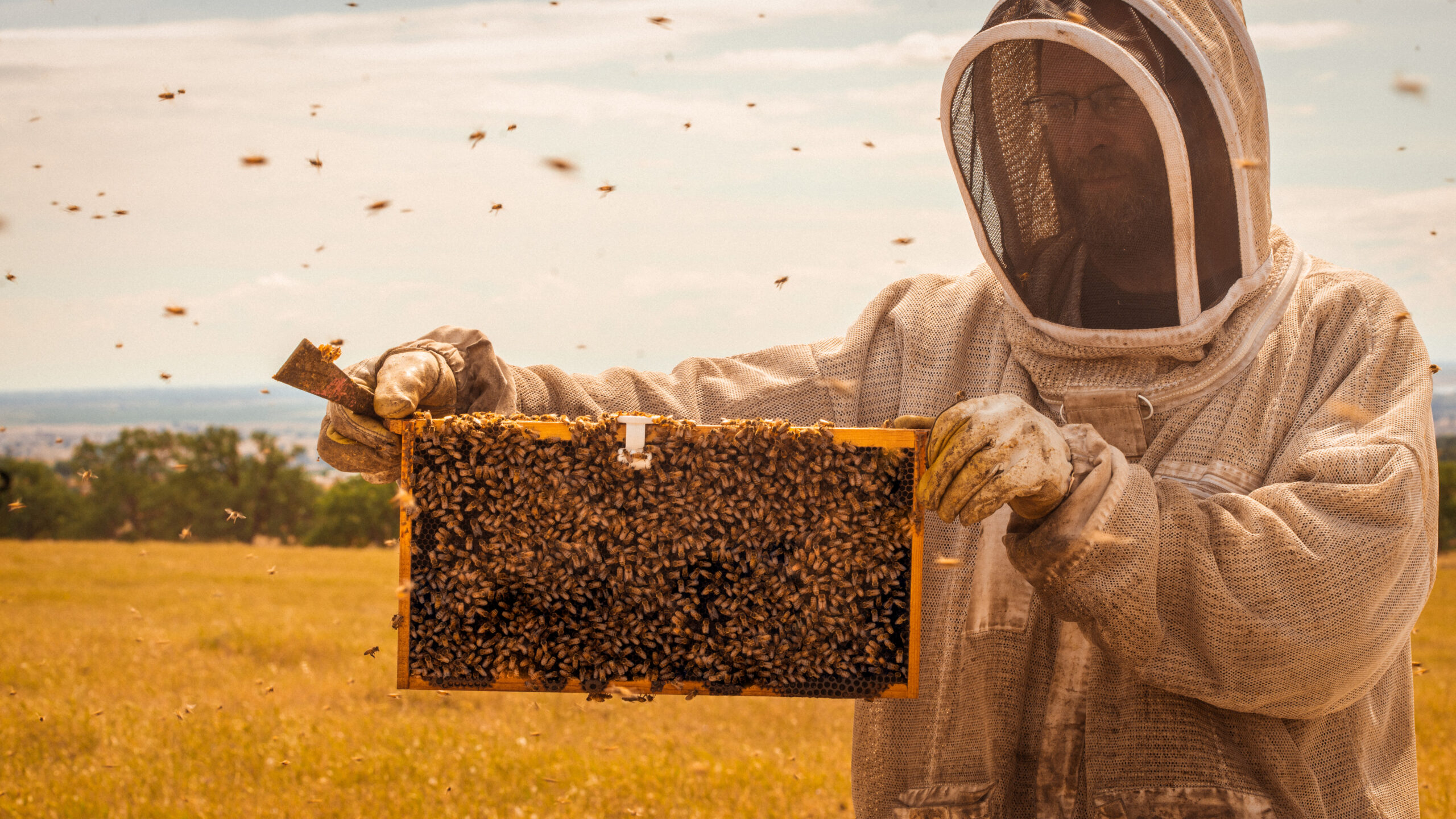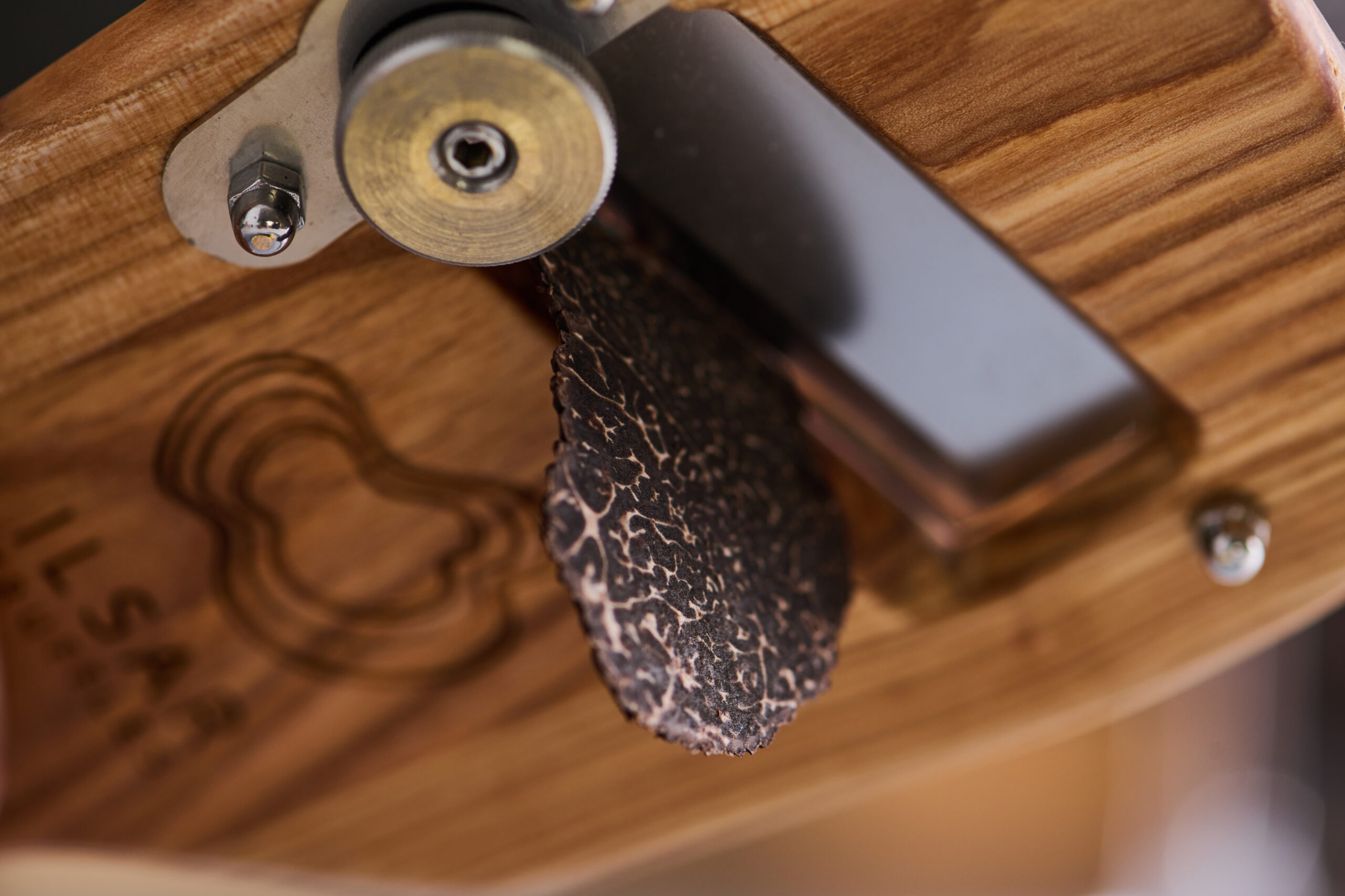This Rosh Hashanah, “when we dip the apple in the honey, we need to thank the bees,” says Batell Vallentine Blaish-Sultanik, the chief business officer of BeeHero, a startup facilitating bee pollination. “Thanks to the bees we have both the apples (bees pollinate apple trees) and the honey.”
Blackish-Sultanik goes on to cite a quote often attributed to Albert Einstein: “If the bee disappeared off the face of the Earth, man would only have four years left to live.” Whether Einstein actually said this is up for debate, but agri-tech start-ups in Israel aren’t taking any risks.
U.S. honey bee colonies, the primary pollinator in global agriculture, have steadily decreased from 6 million in 1947 to 2.7 million in 2022. One factor causing this decline is colony collapse disorder, when a majority of worker bees abandon the queen bee and hive. Also known as CCD, this phenomenon affects about 40 percent of bee colonies in the U.S. each year.
Beehives are often trucked to farms and placed around the field to ensure crops are pollinated. This is a crucial step in agriculture and the cultivation of food. The decline in bees poses a major threat to global food security.
In Israel, a few start-ups are changing the pollination industry. They’re using innovative technologies to help bees pollinate more effectively and are developing mechanical pollination alternatives to release bees from the burden of being our primary pollinators.

Improving Bees’ Livelihood
BeeWise
Bee hives were “great when they were invented in 1850, but today they just don’t cut it,” says Saar Safra, the CEO and co-founder of BeeWise. For him and his team, the fact that traditional bee hives aren’t able to respond in real time to CCD is the biggest industry challenge. They are also typically spread across great distances in farmers’ fields, so beekeepers are unable to get to the bees in time to respond to an issue, such as a viral or pest infestation, Safra says.
BeeWise addresses these problems with their modern take on a hive by combining sensors, robotics and AI to save bees in real time. If the sensor registers a disease, BeeWise’s hive can identify the disease and a robotic arm will administer the appropriate medicine. And, if a farmer needs to spread pesticides on their fields, the hive will close all the entrances to make sure the pesticides don’t reach and harm the bees.
By applying simple solutions via a robotic system in real time, BeeWise is able to reduce the rate of colony collapses from 40 percent, which is the global average, to just under eight percent. “If you save the bees, you no don’t have a problem with pollination or honey,” Safra says.
At BeeWise, it’s “not just about financial gains, it’s about real impact on the planet — how many bees are we saving,” Safra says. Currently, BeeWise saves 2.7 bees for every cent they earn.

BeeHero
Pollination is a key factor for feeding the rapidly growing global population, “yet it is the most mismanaged,” says BeeHero’s Blaish-Sultanik. In order to achieve global nutritional security, pollination efficiency needs to be improved.
BeeHero does this by providing farmers with what they call precision pollination services. This, she explains, “includes the practices of collecting data from the bee hives, identifying colonies at risk through data analysis, and mitigating problems through targeted mitigation.”
BeeHero uses low-cost, non-invasive sensors the size of an Airpods case to create a “window into the hive,” adds Blaish-Sultanik. The data collected provides beekeepers with real time insights into the health and strength of their hives. For farmers, the technology provides visibility into pollination in their fields.
The company’s sensors capture data from more than 10 million sensors across the globe, making it the world’s largest data set on bees and pollination. Their goal is to “leverage nature’s data… [so] we can develop best practices and optimize pollination” for different crops in different parts of the globe, explains Blaish-Sultanik.
So far, the technology has saved a quarter billion bees in the past year, and the rate of colony collapse in the hives that use it is 33 percent lower than the U.S. national average, which also translates to a 30 percent increase in crop yield for growers.
In August, BeeHero released what they call a Pollination Insight Platform, or PIP. Blaish-Sultanik says this is a “gamechanger” because it provides a window into bees in the field. For example, it can track how long pollinators visit each flower, which helps farmers make informed decisions to improve yield.

Using Technology to “Free” the Bees
BloomX
Driven by his love of food and nature, kibbutznik Thai Sade founded BloomX, which developed a bio-mimicking pollinator to replace bees and increase crop yield. The problems with pollination are much greater than the dwindling bee population, he explains. “Today, bees are what we have. But in order to make pollination more sustainable for farmers and bees, we need to develop new tools to address the broken industry,” he adds.
Sade believes that BloomX’s artificial pollination solution can change how people think about bees and pollination. In nature, bees serve as a vector to collect and release pollen. BloomX’s technology mimics and improves on that.
For example, with avocados, BloomX uses electrostatic power to collect and then apply the pollen. This mimics the way some bees, such as bumblebees, use buzz pollination to dislodge hard to get pollen.
The machines themselves range from tractors to hand held pollinators in order to match the variety of flowers and plant sizes with pollination methods. Sade explains that “there is a definite match between plant and pollinator type. But as agriculture developed, the natural pollinators were replaced with honeybees because they are easier to manipulate.” Using bees as a universal pollinator is a problem because it “harms and disorients them,” Sade says, which contributes to the loss of the bee population.
BloomX’s product is also matched to farmers’ needs. The machine’s software calculates the optimal time to pollinate each crop, which helps farmers increase their yield.
Sade says that their solution frees bees from the harms of industrial agriculture and allows them to pollinate forests and contribute to biodiversity. As a result, honey will also taste better.
Edete
Despite agricultural advancements on nearly every front, in pollination there has been “practically nothing,” says Eylam Ran, the founder and CEO of Edete. “It’s comparable to going back to just watering with rain.”
At Edete, engineers developed machines that collect and distribute pollen. In tandem, horticulturalists built a pollen bank, which is able to store the collected pollen for several years without it losing its potency.

Edete’s product is the first “global, generic solution,” that can be adapted to unique crops and growing techniques across the globe, says Ran. It’s particularly effective at addressing issues related to cross-pollination and climate change.
Cross-pollination occurs because plants have genetically adapted protections from close-species pollination, Ran explains. When growing Pink Lady apples for example, farmers try to achieve cross-pollination by growing a few Granny Smith or Fuji apples in the same orchard. However, this isn’t an exact science because both species must blossom at the same time for cross-pollination to occur. Edete is able to circumvent this issue by collecting pollen from Fuji apples in one field and using it to cross-pollinate the Pink Lady trees in a separate field.
Climate change has created a similar challenge for plants, with a male and female plant that need one another to pollinate. That’s the case for pistachio trees, which no longer blossom at the same time because of climate change. Edete’s product is able to address this challenge by collecting the male pollen, storing it in the bank, and then distributing it to female trees whenever they blossom. Edete’s technology has increased yield for pistachio trees by 23 percent, earning farmers an additional $2,000 per acre.
Ran says that implementing their technology will lower stress for “bees, beekeepers and everyone involved in pollination.” He clarifies, however, that bees can continue to work where they want to — like with mango trees, which bees love.
Bee-io Honey
CTO of Bee-io Honey Dr. Efrat Dvash Reisenfeld (yes, her family name really is Dvash, which means honey in Hebrew), explains that one reason why honey bees were chosen as a primary pollinator is the added benefit of honey. However, the honey bee isn’t always the best suited pollinator for the plants or the environment.
Bee-io uses precision fermentation technology to mimic how bees make honey in nature. Then, “when the honeybee is no longer needed to make honey… the environment and sustainability can be prioritized in pollination,” she says. Bee-io Honey was created “to create honey that is good for the bees, people and the environment.”




